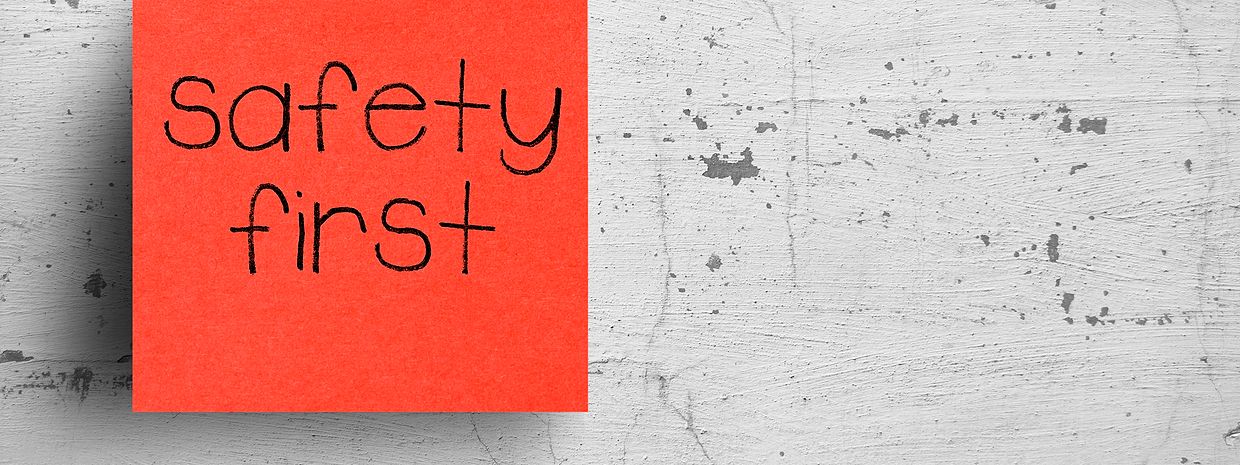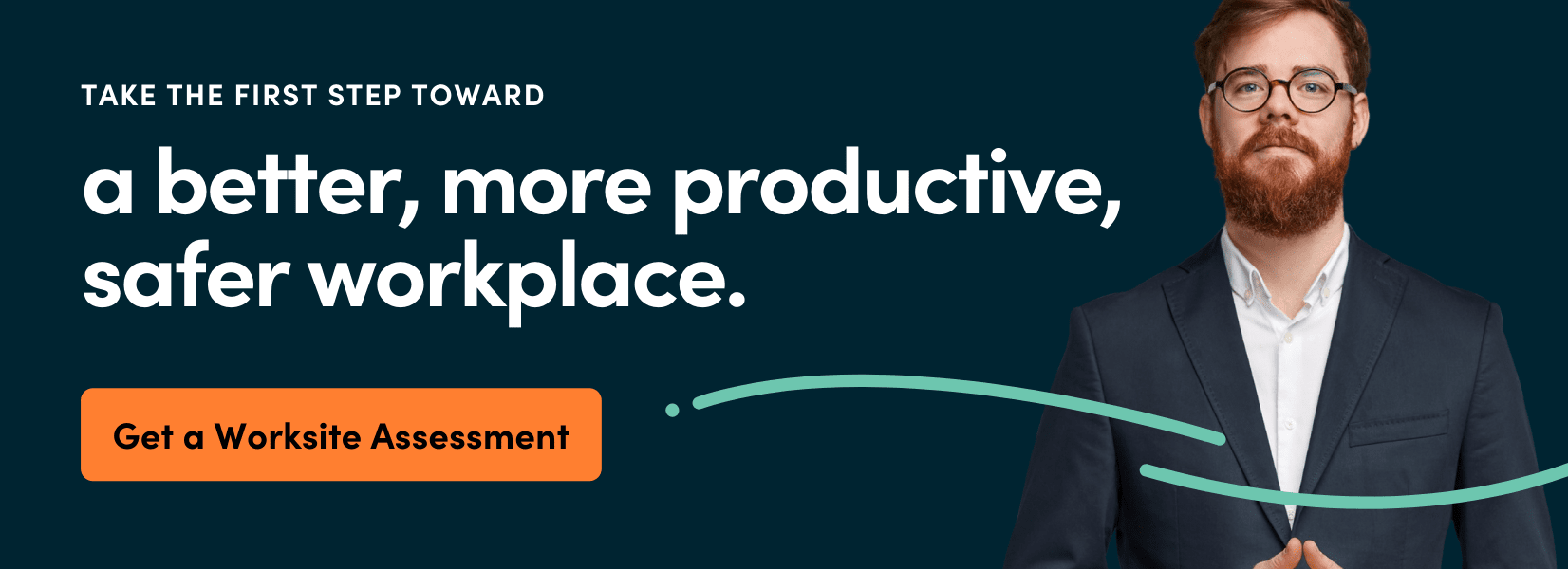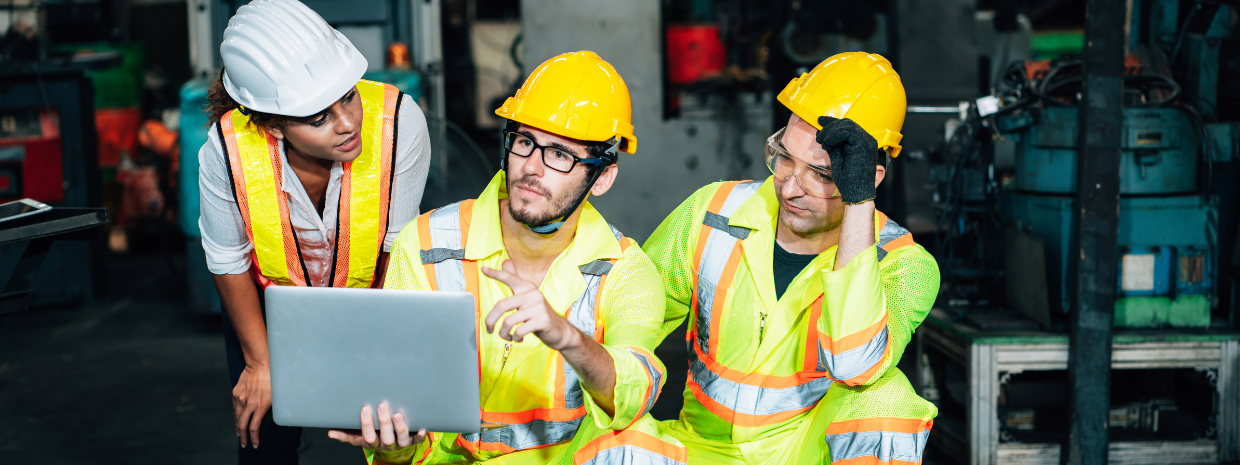Ask any HR manager and they’ll agree that building and maintaining a positive health and safety culture has a major impact on your employees and ultimately your bottom line.
Gone are the days where safety posters and a single yearly training will bolster your health and safety strategy or adequately prepare and protect your biggest asset. While this is a first great step, today’s workforce requires an employer’s constant focus and ongoing collective effort in the realm of health and safety.
Creating an impactful culture of health and safety (on-site and off) is more than just talking about safety. It requires employers to move away from reacting to injury at the time of occurrence and opting for a proactive strategy when it comes to injury prevention.
By doing so, individuals are able to implement safety solutions that are designed specifically to prevent workplace injury before it happens.
What Influences Health and Safety Culture
Almost every job throughout your working career likely began with onboarding and subsequent training. Often, a large portion of new hire training is provided courtesy of co-workers. During these initial trainings we experience many of the perceptions, practices and attitudes of our co-workers. At some point we’ve heard a co-worker make statements similar to “that’s just how we do it around here”. The attitudes and behavior we experience be it leadership, management or employees are most often our first big glimpse into a company’s H&S culture.
Perceptions and shared practices influence and mold a company’s health and safety culture too. In addition to these influential behaviors, we know that other factors come into play:
-
work environment
-
work conditions
-
management priorities
-
managers style in communication and supervision
-
peer pressure
3 Characteristics Every Health and Safety Culture Needs
What can be done to move the meter on health and safety in your company? Keep in mind every company is different, therefore every strategy and approach to growing a better health and safety culture will vary. Ongoing communication, trust and accountability, and proactiveness should be part of every employer’s strategy. And knowing that each requires constant nurturing and attention from all levels.
Communication
One of the best ways to begin nurturing a safety culture is communicating early and often.
In my 6 years as an HR manager, the safety conversation starts with recruiting and onboarding. Job postings should include the physical requirements required for the role. In interviews safety expectations are covered, relaying how much the company values safety and employee well-being. During onboarding, safety expectations, policies and procedures are discussed. Following onboarding, safety training is completed.
Consistent, ongoing communication about safety is key to getting a pulse on your current safety culture. How else can you proactively pinpoint what may or may not be working well? Make it a regular occurrence to openly discuss concerns, recommended improvements, and other proactive solutions. These conversations should happen at all levels- from leadership on down to the employee. Consistent communication doesn’t necessarily mean restructuring your organizations top to bottom. Meetings, huddles, weekly email, 1-1’s are a few avenues you may already use that work well for continuous communication.
Employees know firsthand what may or may not be working well in their specific role or department. They are front row attendees in identifying what equipment, conditions, or work processes may need attention sooner than later in their job role or department. They can see where potential workplace injuries may occur, therefore they likely have foresight into where injury prevention opportunities lie — making their feedback incredibly valuable.
Trust and accountability
Every employee wants to know their employer, and more specifically their manager, has their safety and well-being in mind. If asked, most employees would say they feel their manager cares about them. But what does that actually mean? Taking the time to adequately express your care in a way that speaks to your employee is important. This genuine interaction aids in fostering trust and invites an open dialogue, both necessary to effectively promote a positive H&S culture.
Often managers discuss safety with employees in 1-1’s or obtain employee feedback in team huddles. It is important that managers use this valuable feedback and take action.
When a manager takes accountability for the shared feedback or concerns of their team and takes action, employees know their managers care about them.
Over time this increases trust making it easier to share feedback. By practicing an open-door policy, you’ll be aware of safety concerns or issues on the horizon that can negatively impact morale or increase the probability of a workplace injury.
Being Proactive
Accidents happen, it’s inevitable. But what if you could prevent many of your workplace injuries every day, before they happen? It’s possible, however it will depend on how you as an employer prepare and respond to a workplace injury. For employers this means you not only have to talk the talk, but walk the walk.
A proactive approach in your communication, training, and education is vital to create and sustain a positive health and safety culture. Have flexibility in how, when, and where you carry out communication and training opportunities.
An employee is more likely to retain and practice what is taught or communicated more frequently and in smaller amounts than a bi-annual training or safety meeting. Health and safety should be a daily conversation.
Involve your employees to actively participate and take ownership for their role in safety. This approach will have more impact than management led safety solutions alone. Try delegating drills or safety reminders to employees and allow them to co-lead in meetings and huddles. Employees will begin to see the impact they can have on their team with regard to injury prevention and safety.
Consider having employees participate in a safety committee where they can share their experiences, concerns, and ideas. The best way to achieve buy-in is inclusion. Let them be a part of the solution. Imagine the benefit of having ‘boots on the ground’ safety advocates within your organization. This not only builds camaraderie among teams but encourages more communication about H&S on a regular basis.
Remember, any effort in these areas will help grow a strong and proactive health and safety culture. Health and safety are not the responsibility of one, but all.





